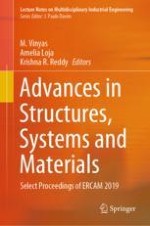This book comprises select peer-reviewed papers from the International Conference on Emerging Research in Civil, Aeronautical and Mechanical Engineering (ERCAM-2019). The contents focus on the latest research trends in engineering materials, mechanics, structures and systems. A wide variety of interesting problems in civil, aeronautical and mechanical engineering have been addressed in this book through various experimental, numerical and analytical methods. The topics covered also provide insight into the challenges prevailing in the aforementioned engineering domains and the potential solutions to address those. Given the contents, the book is a valuable resource for students as well as researchers.
